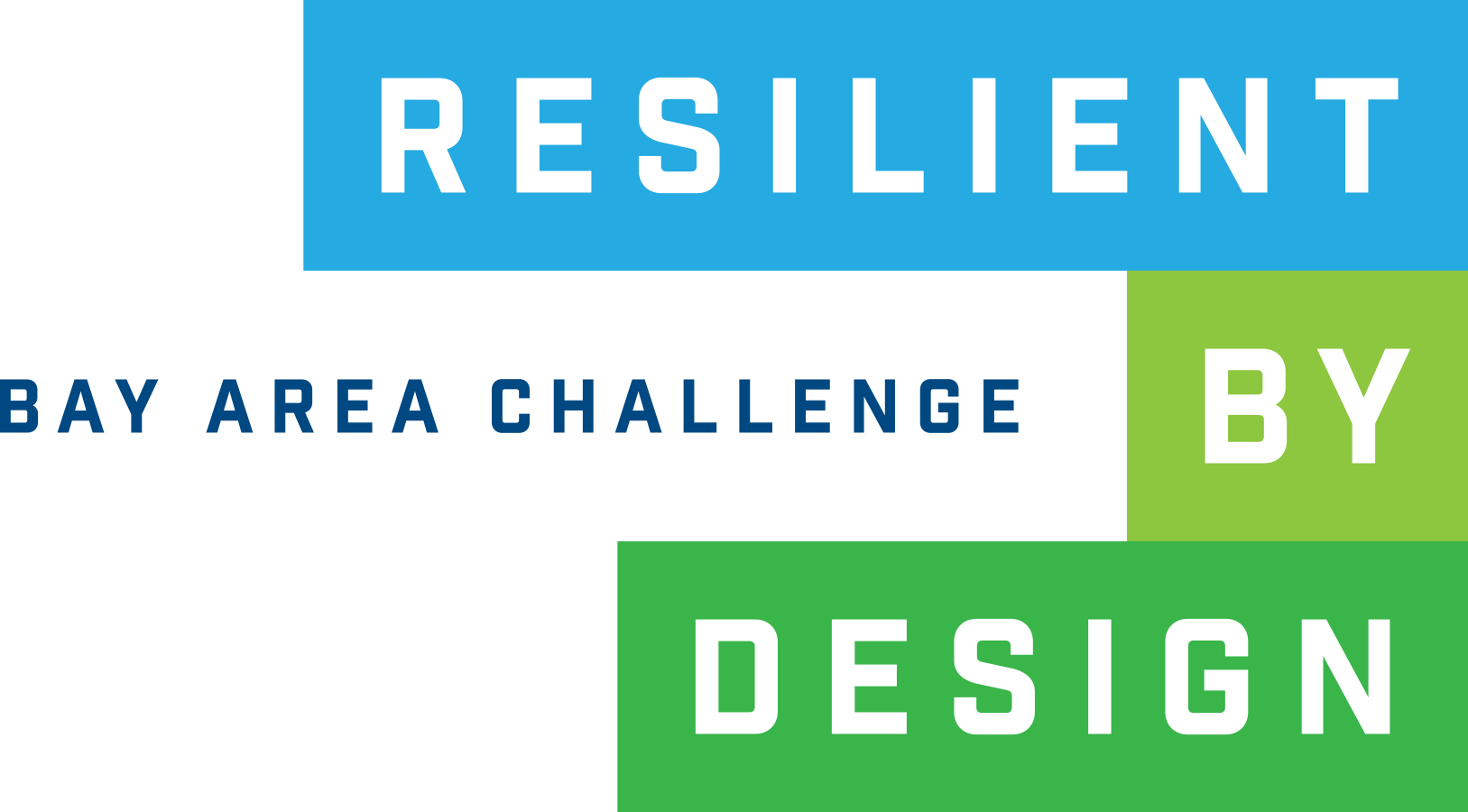Design Brief
Resilient by Design | Bay Area Challenge is a collaborative research and design initiative that brought together local, national, and international design experts with community members and local leaders. The challenge developed innovative solutions to address the effects of sea level rise, severe storms, flooding, and earthquakes in communities around the San Francisco Bay. This initiative is based on Rebuild by Design, the award-winning model of a bold public-private collaboration that brought innovative design solutions to areas impacted by Hurricane Sandy in the New York region.
In this challenge, nine teams of architects, engineers, designers, and affiliated experts were selected to take part in an advanced, design-driven investigation of the social and ecological vulnerabilities around the Bay. Learning from community members and issue area experts, Design Teams identified critical vulnerable areas along the bay-front and proposed exciting, design-driven solutions to strengthen our region’s resilience to challenges that exist today as well as future sea level rise, severe storms, flooding and earthquakes.
Resilient by Design is different from other design competitions. The challenge is designed as a journey to foster collaboration and leadership while also addressing big challenges that face our communities in the future. The challenge provides an opportunity to advance the profession's knowledge base in the rapidly evolving area of resilience while listening, engaging, and elevating the voices of residents and neighborhoods along the San Francisco Bay shoreline.
CHALLENGE OBJECTIVES
The challenge seeks local, regional, and international knowledge to create design projects that:
- Combine implementable and creative design-driven ideas with technical expertise;
- Reflect rigorous research and a strong understanding of ecosystems, local community, and government challenges;
- Inspire collaboration, connection, and coordination across the region; and
- Prepare communities for the future by addressing ecological, economic, and social vulnerabilities that exist today.

